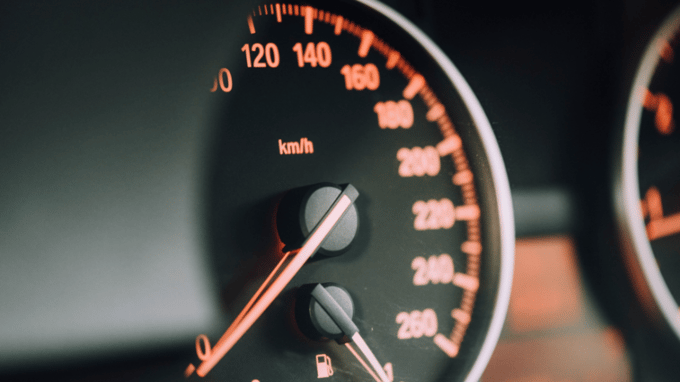
All fleets are different, but there are some universal similarities, especially when it comes to driving. How you respond to fleet driving scenarios can make a huge difference to the efficiency of your fleet.
-
Vehicle and driver tracking
Equipping your fleet with the correct technology to capture necessary data is the best way to ensure reduced cost and prevent expensive mistakes. Tracking vehicles allows you ensure correct routes are used (and to optimise if needed), and it also allows you to track which drivers are most efficient and careful whilst out on the road. Access to this information let’s you adjust driver training if needed, reward your best drivers, and advise those who need to make adjustments to their driving style. Safe and efficient drivers are your biggest asset, and you can only reward these traits if they can be accurately tracked.
-
Speeding concerns
Most systems that track vehicle position and driver behaviour, will also be able to track vehicle speed. Speed is one of the aspects you’ll be looking at when determining driver performance, but if it is a big concern, you can install a system that allows you to cap the speed at which your vehicles are allowed to travel. Some systems even allow you to adjust the top speed depending on where the vehicle is – so you can have differing top speeds along a specific route to adjust for city or highway driving. This will drastically reduce the cost of fines, risk of accidents, and also lower fuel consumption, which makes a big difference to your fleet expense at the end of the day.
-
Engine monitoring
The right monitoring system will allow you to keep an eye on the health of your engine. In some cases the purpose of the vehicle (heavy-lifting or extreme distances), as well as road conditions, will place strain on the engine, even if you have your best driver behind the wheel. Being able to monitor engine health in real-time allows fleet managers to make the call when a vehicle needs to be taken for a service, repairs or is not capable of handling certain situations. This insight can save you a small fortune on repairs each year. The same system will also allow you to remotely disable stolen vehicles if necessary.
-
The full picture
Having a full 360 ‘view’ of your fleet in real-time will allow you to dramatically increase safety, reduce fuel consumption and speeding, keep an eye on vehicle idle time, ensure correct routes are used, and that vehicles are not used for any purpose other than that stated in your fleet vehicle policy. It’s a bit like having a crystal ball that allows you to see what’s going on with each vehicle and driver, and preempt any potential problems.
A proper fleet monitoring system allows you to respond instantly to any scenario from speeding, to vehicle breakdowns or even hijacking / theft situations. The ability to view all fleet processes in real time is a game-changer and it drastically reduces fleet expenses almost immediately.
